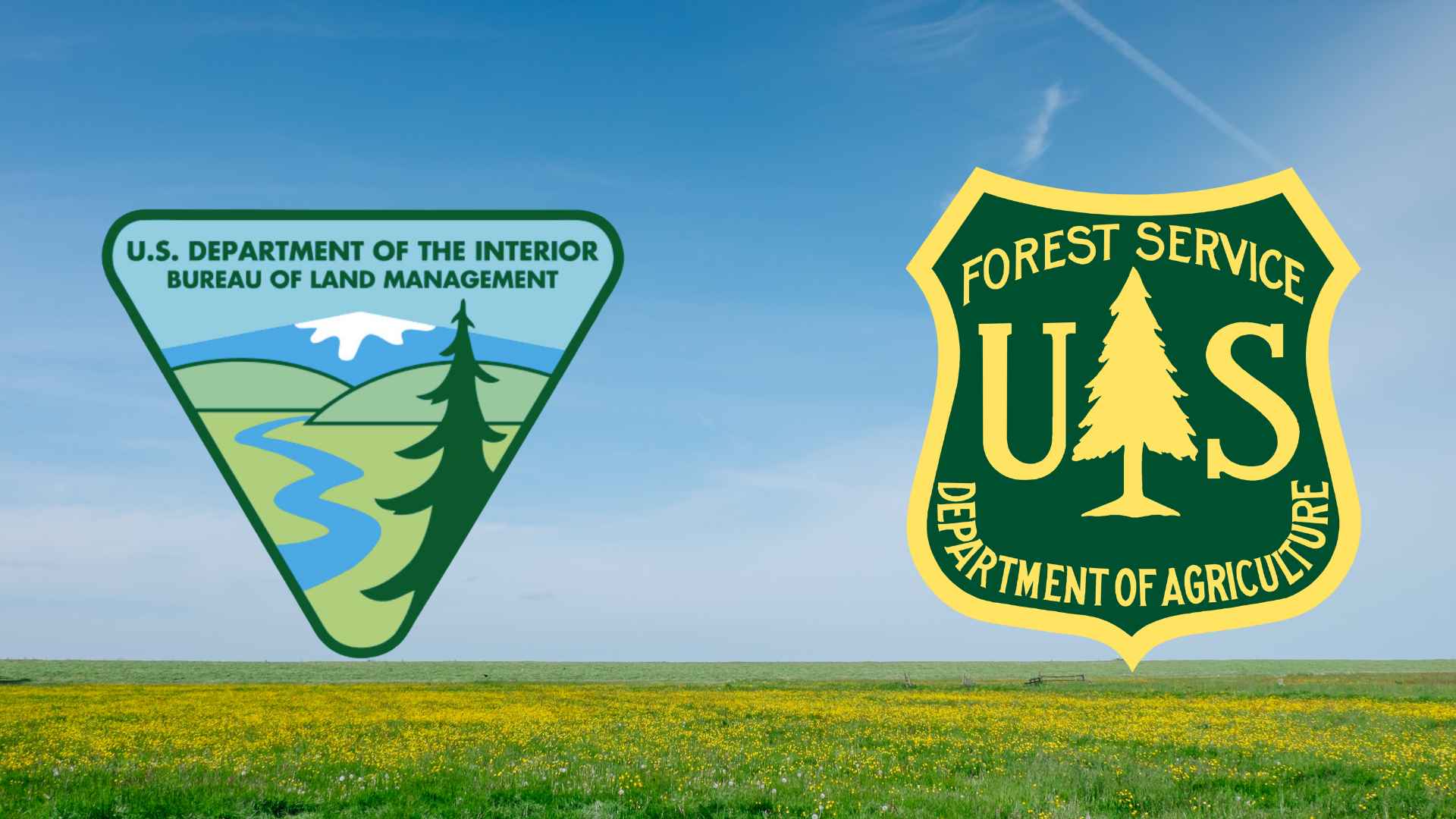The Senate has green‑lit the biggest divestiture of federal land in modern U.S. history, ordering the Bureau of Land Management and the U.S. Forest Service to auction up to 104.4 million hectares across 11 western states. Lawmakers say the revenue—an estimated $29 billion between 2025 and 2034—will help fund promised tax cuts and speed new housing construction.
How the plan aims to fund tax cuts while easing the housing crunch
First things first: supporters believe opening public land to development could unlock thousands of residential lots where prices have soared. The legislation requires at least 809,000 hectares to be sold within five years, with nomination rounds every 60 days and—controversially—no public hearings.
In theory, faster sales mean quicker tax relief. But will developers actually build homes on remote plots? That’s the billion‑dollar question.
Environmental groups warn remote parcels add little relief but huge ecological cost
Conservation advocates see a different picture. “Less than two percent of these lands lie near urban centers,” The Wilderness Society notes, citing wildfire risk and scarce infrastructure. Critics say trading recreation areas and wildlife corridors for short‑term cash leaves Americans poorer in the long run.
After all, once an old‑growth forest is gone, there’s no do‑over. Before you imagine an even spread, look at where the hammer could fall hardest:
| State | Hectares slated for sale (millions) |
|---|---|
| Alaska | 33.5 |
| Nevada | 13.6 |
| Oregon | 8.8 |
| Idaho | 8.8 |
| Utah | 7.6 |
| California | 6.8 |
| Wyoming | 6.0 |
| Colorado | 5.8 |
| Arizona | 5.8 |
| New Mexico | 5.8 |
| Washington | 2.2 |
Outdoor enthusiasts worry prized trailheads near Lake Tahoe or Moab could slide into private hands, limiting weekend access. Yet some local officials welcome a fresh property‑tax base. Talk about a balancing act.
Experts split on fiscal payoff versus long‑term public land conservation mission
Is the cash worth the trade‑off? Vermont Law professor Patrick Parenteau doubts the sale will meaningfully dent federal spending and warns “buyers will pick the choicest parcels.” Land‑use attorney Wendie Kellington counters that even five percent of proceeds reserved for maintenance could chip away at the agencies’ $20‑billion infrastructure backlog.
Meanwhile, Stanford’s Deborah Sivas reminds Congress that the 1976 Federal Land Policy and Management Act favors retention, not liquidation, of public land—polls still show broad support for that ethos.
So what happens next? If the House signs off, the first tracts could hit the market early next year. Consequently, residents in the West may soon find their favorite vistas listed right alongside suburban cul‑de‑sacs.

